1. Earl Co. was formed on January 2, 2007, to sell a single product. Over a two- year period, Earl's acquisition costs have increased steadily. Physical quantities held in inventory were equal to three months' sales at December 31, 2007, and zero at December 31, 2008. Assuming the periodic inventory system, the inventory cost method which reports the highest amount of each of the following is Inventory December 31, 2007 LIFO LIFO FIFO FIFO Cost of Goods Sold 2008 FIFO LIFO FIFO LIFO
1. Earl Co. was formed on January 2, 2007, to sell a single product. Over a two- year period, Earl's acquisition costs have increased steadily. Physical quantities held in inventory were equal to three months' sales at December 31, 2007, and zero at December 31, 2008. Assuming the periodic inventory system, the inventory cost method which reports the highest amount of each of the following is Inventory December 31, 2007 LIFO LIFO FIFO FIFO Cost of Goods Sold 2008 FIFO LIFO FIFO LIFO
Intermediate Accounting: Reporting And Analysis
3rd Edition
ISBN:9781337788281
Author:James M. Wahlen, Jefferson P. Jones, Donald Pagach
Publisher:James M. Wahlen, Jefferson P. Jones, Donald Pagach
Chapter7: Inventories: Cost Measurement And Flow Assumptions
Section: Chapter Questions
Problem 5RE: Dani Corporation signed a binding commitment on December 2 to purchase inventory for 300,000 cash on...
Related questions
Question
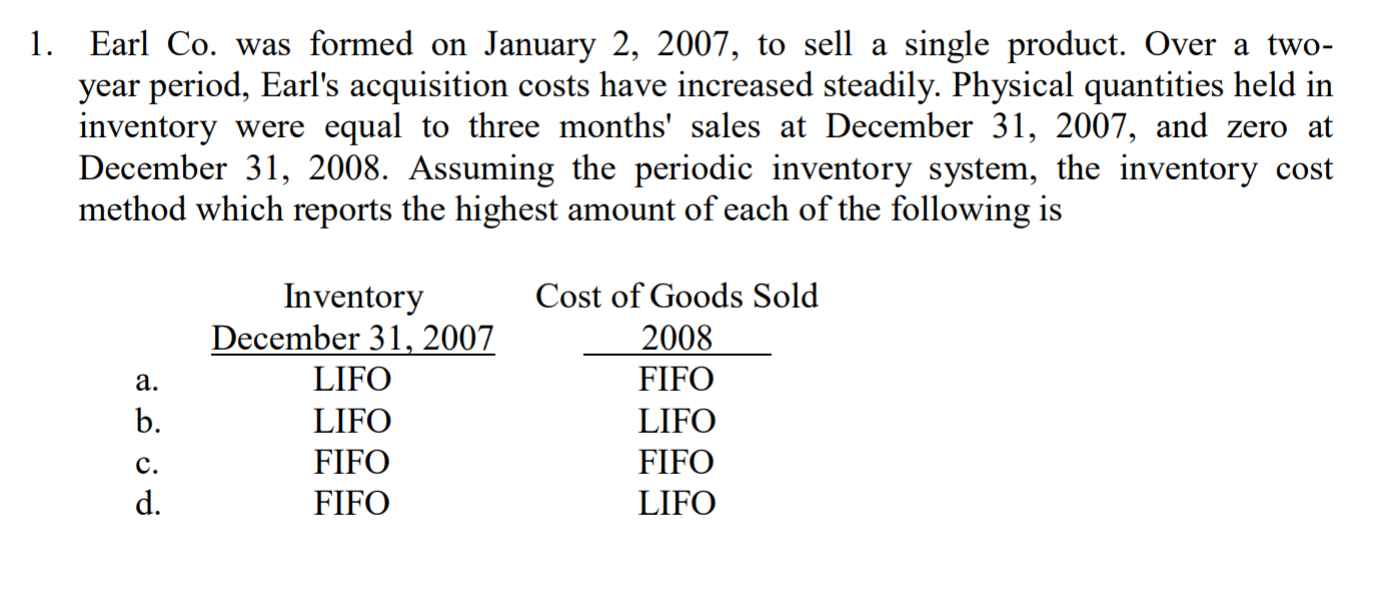
Transcribed Image Text:1. Earl Co. was formed on January 2, 2007, to sell a single product. Over a two-
year period, Earl's acquisition costs have increased steadily. Physical quantities held in
inventory were equal to three months' sales at December 31, 2007, and zero at
December 31, 2008. Assuming the periodic inventory system, the inventory cost
method which reports the highest amount of each of the following is
Inventory
December 31, 2007
LIFO
LIFO
FIFO
FIFO
Cost of Goods Sold
2008
FIFO
LIFO
FIFO
LIFO
Expert Solution
This question has been solved!
Explore an expertly crafted, step-by-step solution for a thorough understanding of key concepts.
This is a popular solution!
Trending now
This is a popular solution!
Step by step
Solved in 3 steps

Recommended textbooks for you
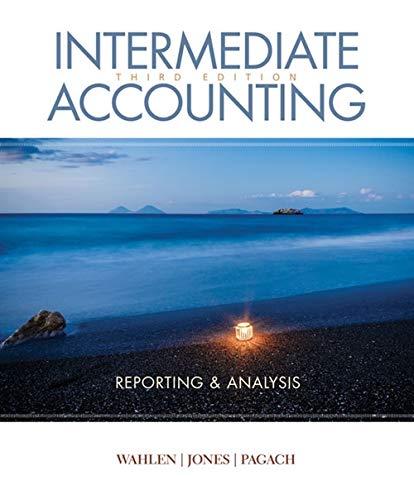
Intermediate Accounting: Reporting And Analysis
Accounting
ISBN:
9781337788281
Author:
James M. Wahlen, Jefferson P. Jones, Donald Pagach
Publisher:
Cengage Learning
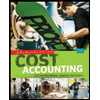
Principles of Cost Accounting
Accounting
ISBN:
9781305087408
Author:
Edward J. Vanderbeck, Maria R. Mitchell
Publisher:
Cengage Learning

Principles of Accounting Volume 1
Accounting
ISBN:
9781947172685
Author:
OpenStax
Publisher:
OpenStax College

Intermediate Accounting: Reporting And Analysis
Accounting
ISBN:
9781337788281
Author:
James M. Wahlen, Jefferson P. Jones, Donald Pagach
Publisher:
Cengage Learning

Principles of Cost Accounting
Accounting
ISBN:
9781305087408
Author:
Edward J. Vanderbeck, Maria R. Mitchell
Publisher:
Cengage Learning

Principles of Accounting Volume 1
Accounting
ISBN:
9781947172685
Author:
OpenStax
Publisher:
OpenStax College
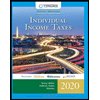
Individual Income Taxes
Accounting
ISBN:
9780357109731
Author:
Hoffman
Publisher:
CENGAGE LEARNING - CONSIGNMENT

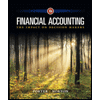
Financial Accounting: The Impact on Decision Make…
Accounting
ISBN:
9781305654174
Author:
Gary A. Porter, Curtis L. Norton
Publisher:
Cengage Learning